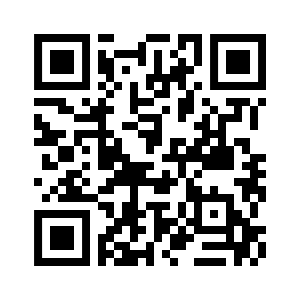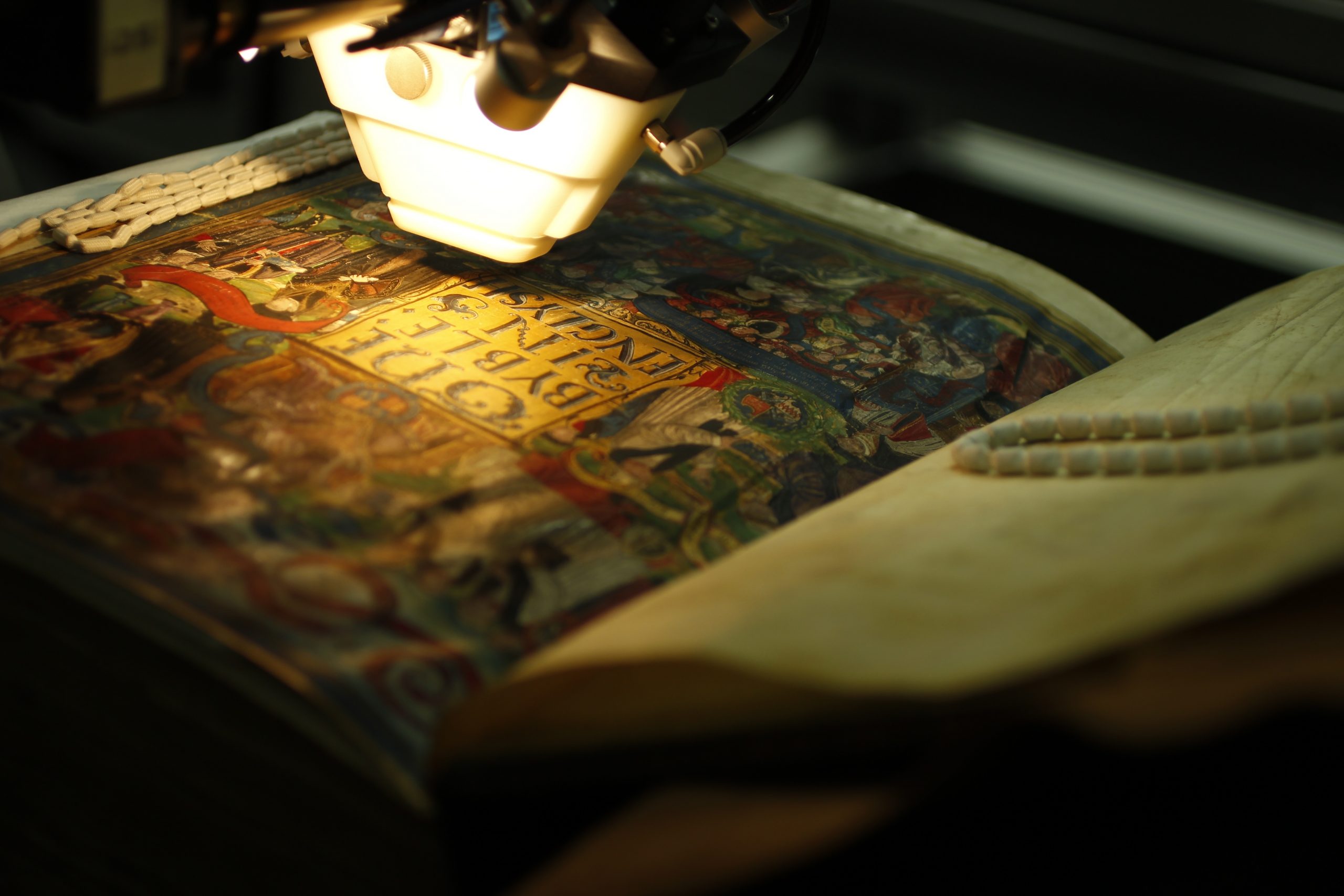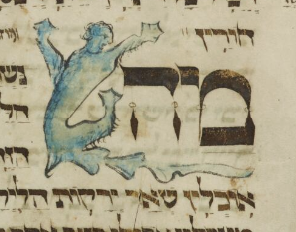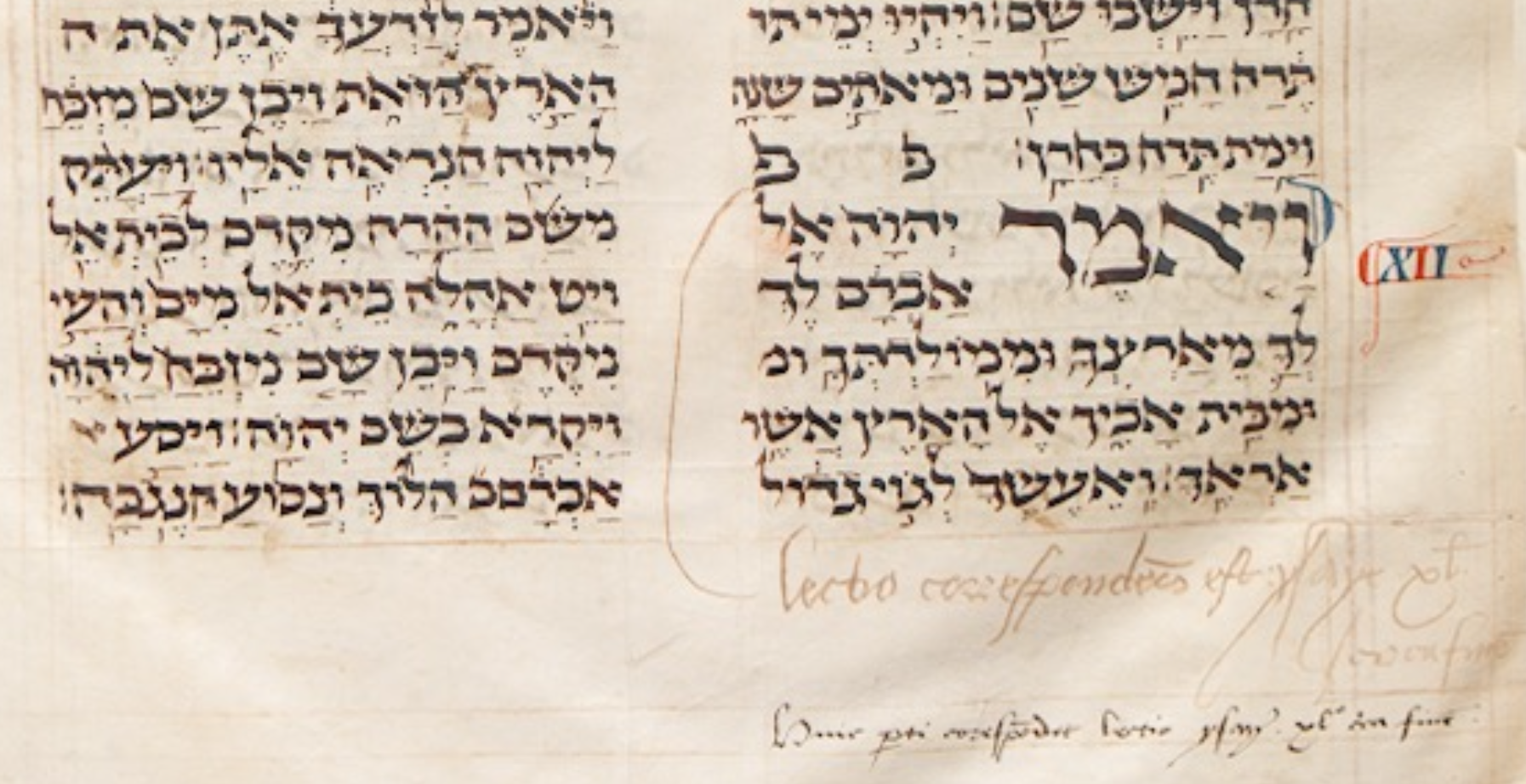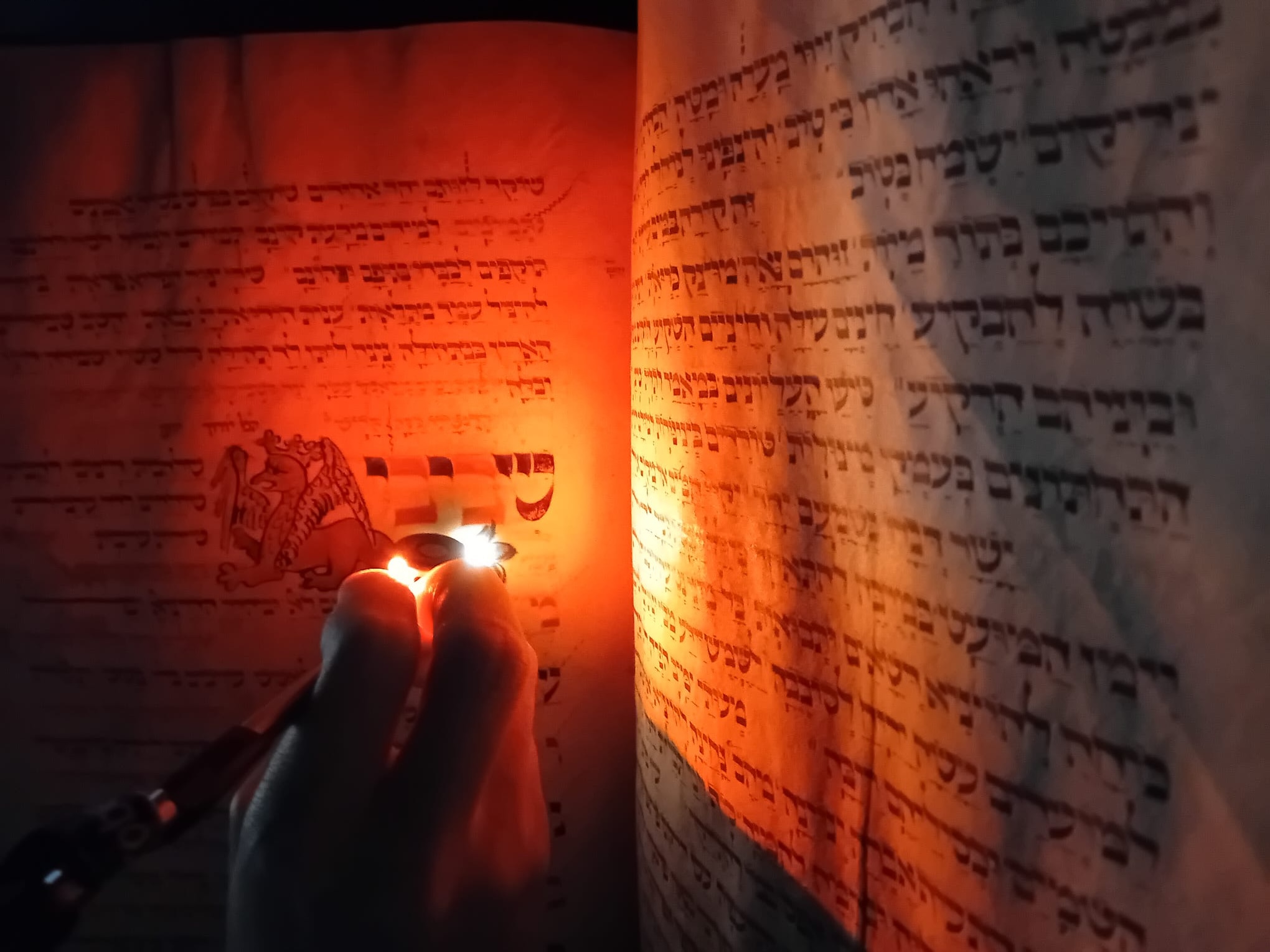
The long and complex cultural exchange between Jewish communities and Christian society in medieval Europe can be reflected in premodern Hebrew codices. This interaction manifested in numerous ways: Jews adopted codicological and palaeographic innovations from Christian manuscript culture; Christian illuminators were occasionally employed to decorate Hebrew books; passages deemed anti-Christian were censored, either internally by Jewish authoroty or externally by Christian; marginalia reveal cross-religious provenance and use; and discarded Hebrew manuscripts were recycled as parchment for binding Christian codices.
In this branch of our project, we focus on two pivotal case studies. The first involves an illuminated Ashkenazi Jewish liturgical compendium that exhibits multiple campaigns of censorial intervention. The second concerns a pre-expulsion English Hebrew Bible, likely confiscated or purchased shortly before to the 1290 Edict of Expulsion, which displays modern Christian chapter divisions based on the system devised by Cardinal Stephen Langton in the early 13th century.

